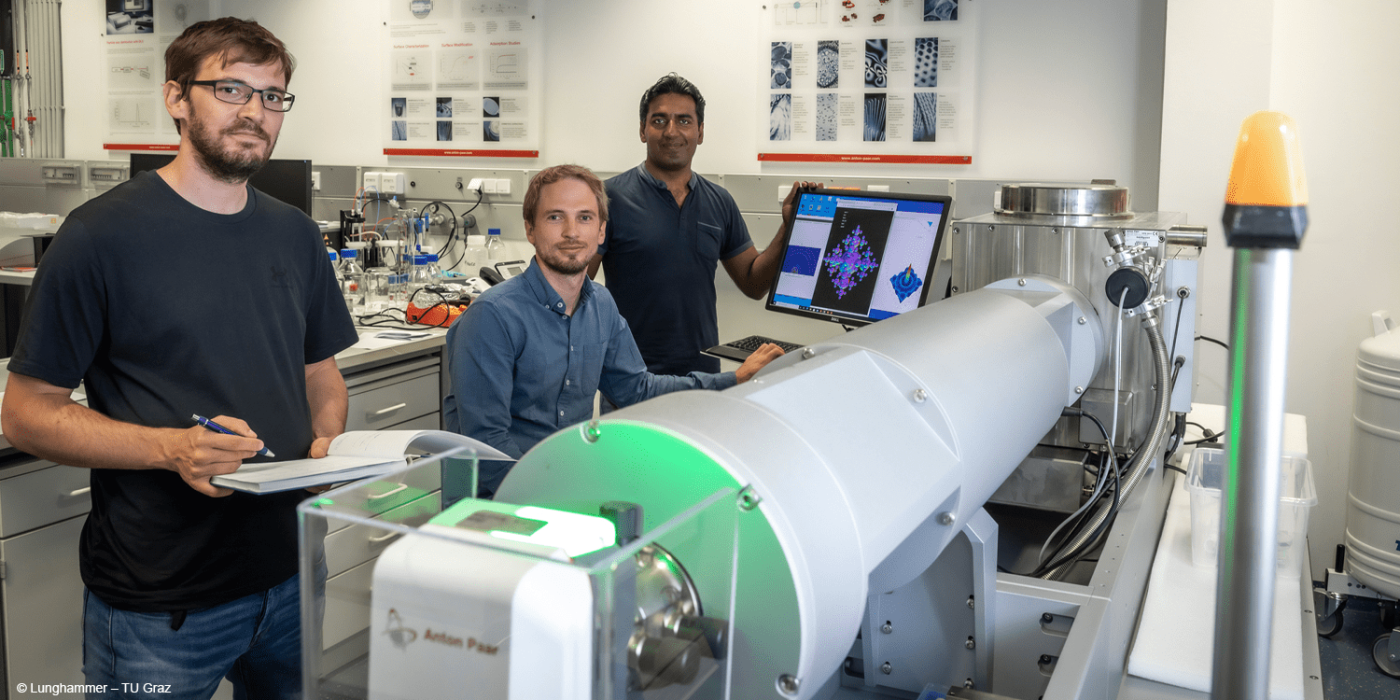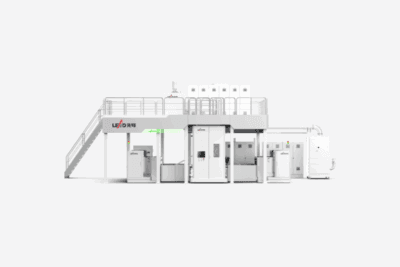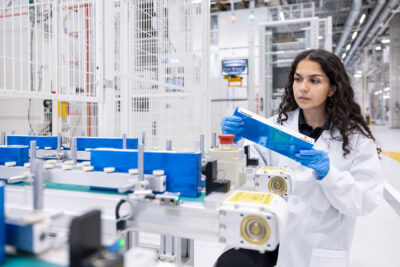TU Graz researching hybrid supercapacitor
Researchers at the TU Graz have investigated energy storage in a hybrid supercapacitor, a combination of battery and supercapacitor that combines the advantages of both technologies. They now published details in a scientific journal.
Hybrid supercapacitors are generally a combination of battery and capacitor, i.e. a chemical and capacitive energy storage. The special supercapacitor that the researchers in Austria have investigated is a “particularly sustainable” variant consisting of carbon and aqueous sodium iodide electrolyte that has been little researched so far.
The anode comes from a battery, the cathode is a supercapacitor electrode. The hybrid supercapacitor is intended to be charged and discharged as quickly as a capacitor and store almost as much energy as conventional batteries. Also, it should “it can be charged and discharged much faster and much more frequently”. Instead of the few thousand cycles of a lithium-ion battery, the researchers speak of around one million cycles.
“The system we are looking at in detail consists of nanoporous carbon electrodes and an aqueous sodium iodide electrolyte, in other words, salt water,” says the first author of the study, Christian Prehal. “This makes this system particularly environmentally friendly, cost-effective, incombustible and easy to recycle”. Prehal previously worked on the topic at the Institute for Chemical Technology for Materials at the Technical University of Graz and recently moved to the ETH Zurich.
According to the researchers, they were able to show for the first time that solid iodine nanoparticles are formed in the carbon nanopores of the battery electrode during charging, which dissolve again during discharge. According to Prehal, this contradicts the previously suspected reaction mechanism – with far-reaching consequences. The solid iodine remains stable due to the small size of the nanopores – less than 1 nanometer (1 millionth of a millimetre). “The degree of filling of the nanopores with solid iodine determines how much energy can be stored in the electrode. This enables the energy storage capacity of the iodine carbon electrodes to reach unexpectedly high values by storing all chemical energy in the solid iodine particles,” says the scientist.
The report asserts that this “new fundamental knowledge opens the way to hybrid supercapacitors or battery electrodes with incomparably higher energy density and extremely fast charging and discharging processes”. As an application example, it mentions energy from photovoltaics in private households.
Also, the researchers claim to have achieved another breakthrough in terms of the research methods used in Raman spectroscopy, the interaction of light with matter is used to gain insight into the structure or properties of a material. Small-angle X-ray scattering (SAXS) makes structural changes during electrochemical reactions visible. Both methods were performed operando, i.e. live during charging and discharging of a specially developed electrochemical cell. The results of the work had shown that the method was “ideally suited” to follow structural changes in a supercapacitor or battery live on the nanometer scale and directly during charging and discharging. According to the Graz University of Technology, this new investigation method could therefore be widely used in the future in the field of electrochemical energy storage.





0 Comments